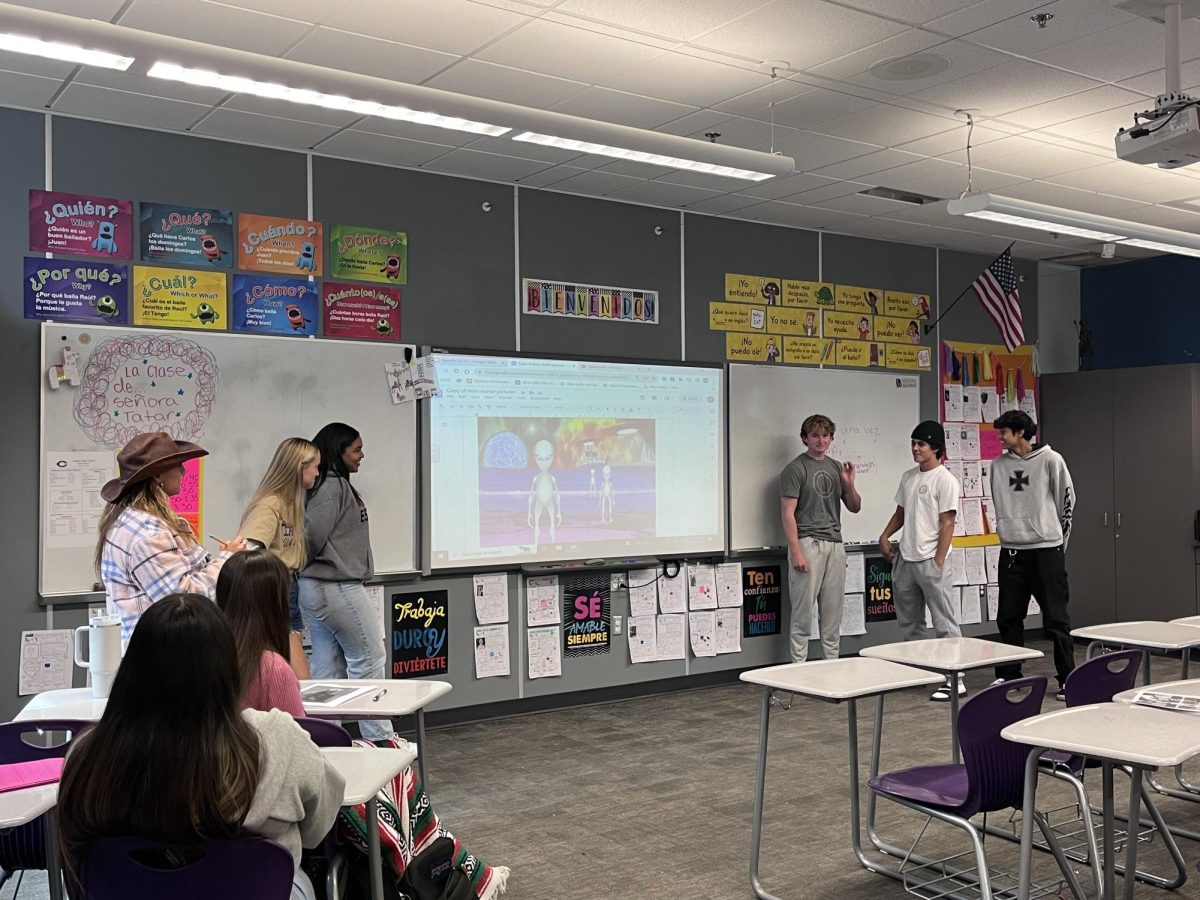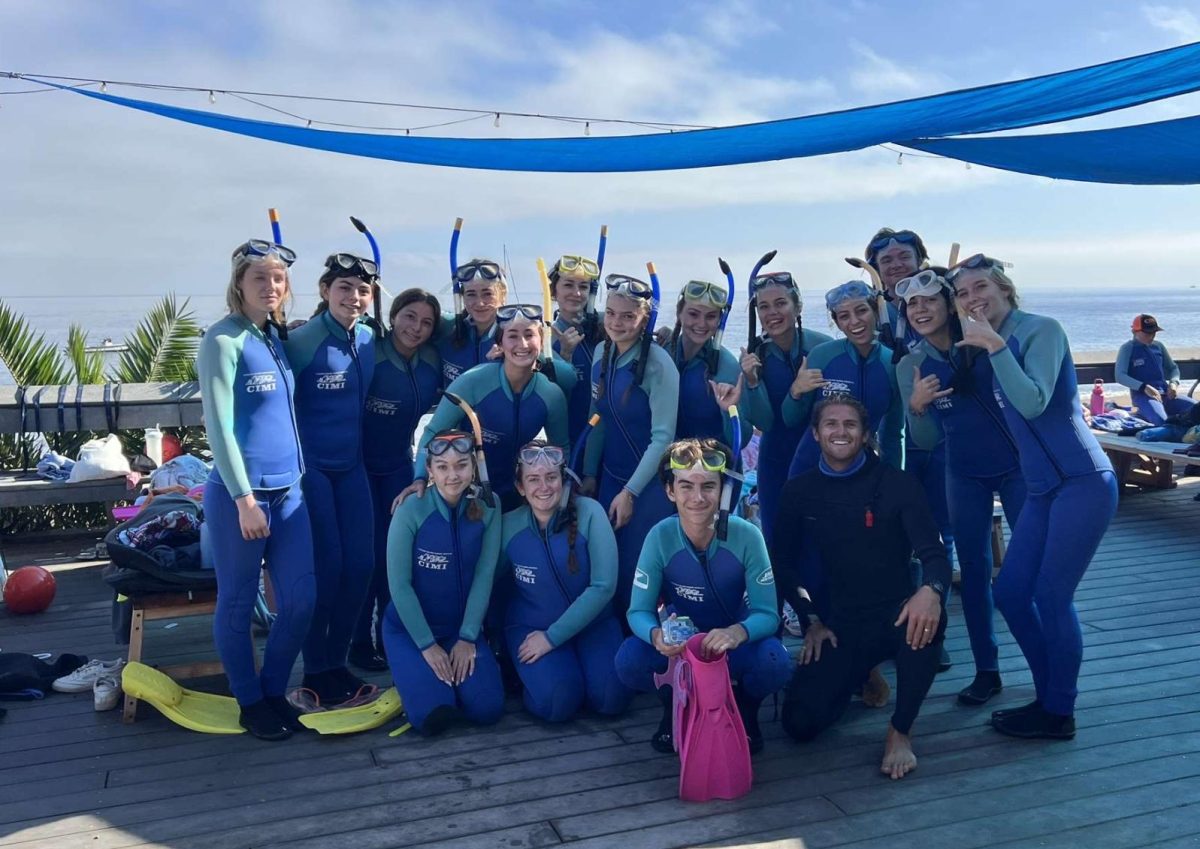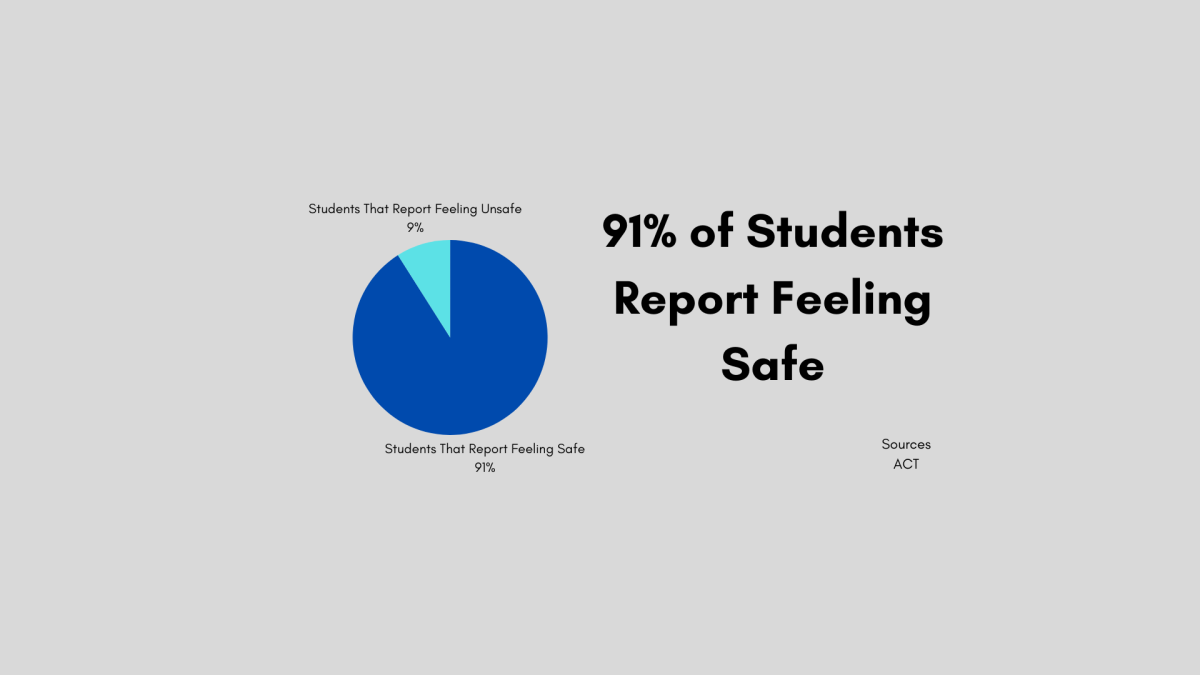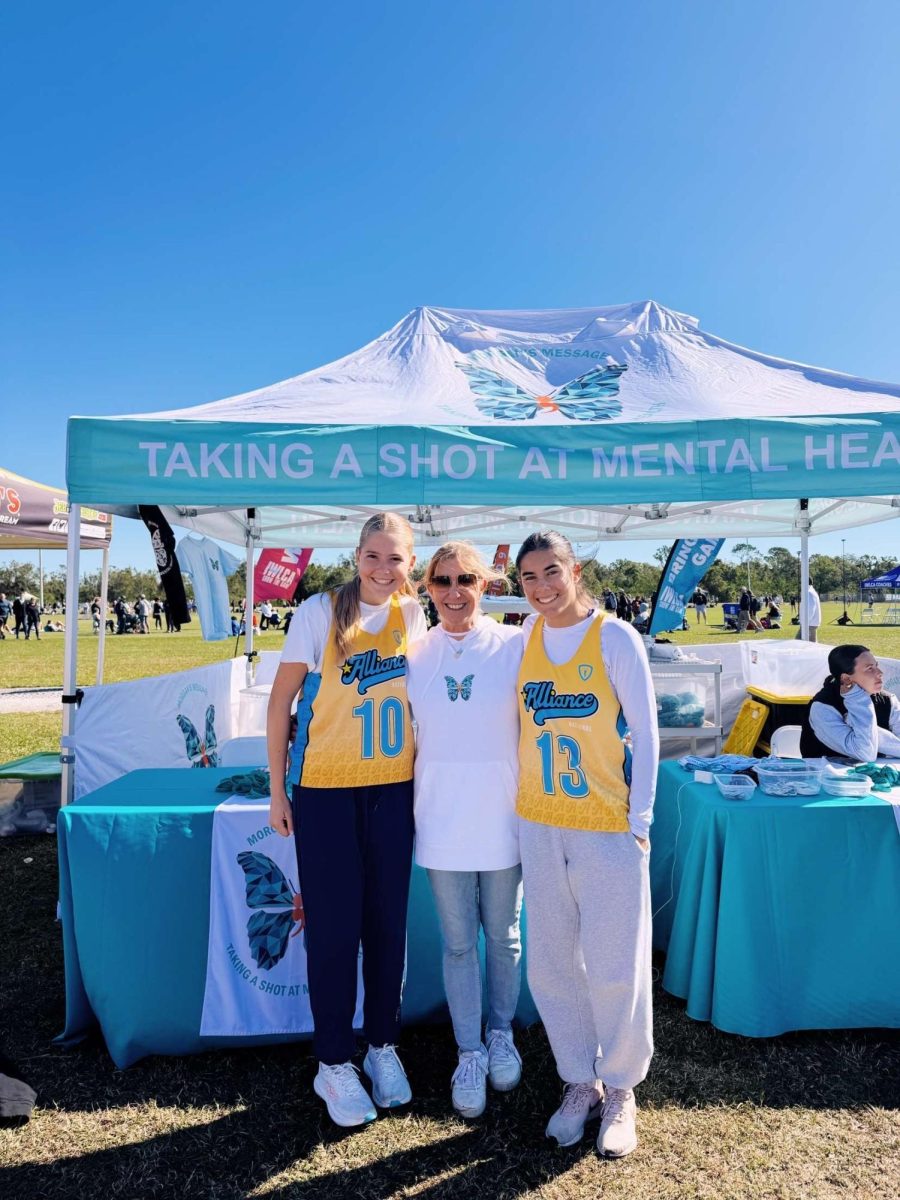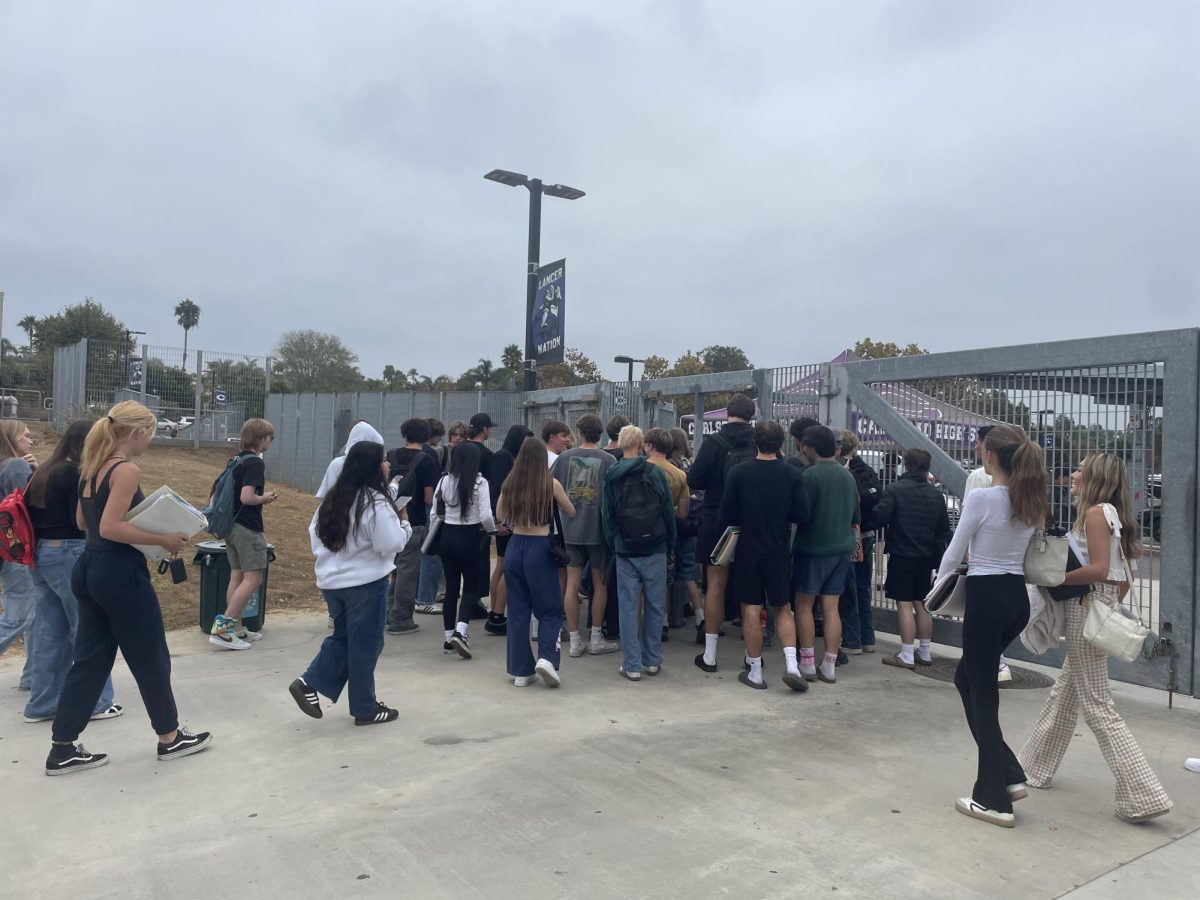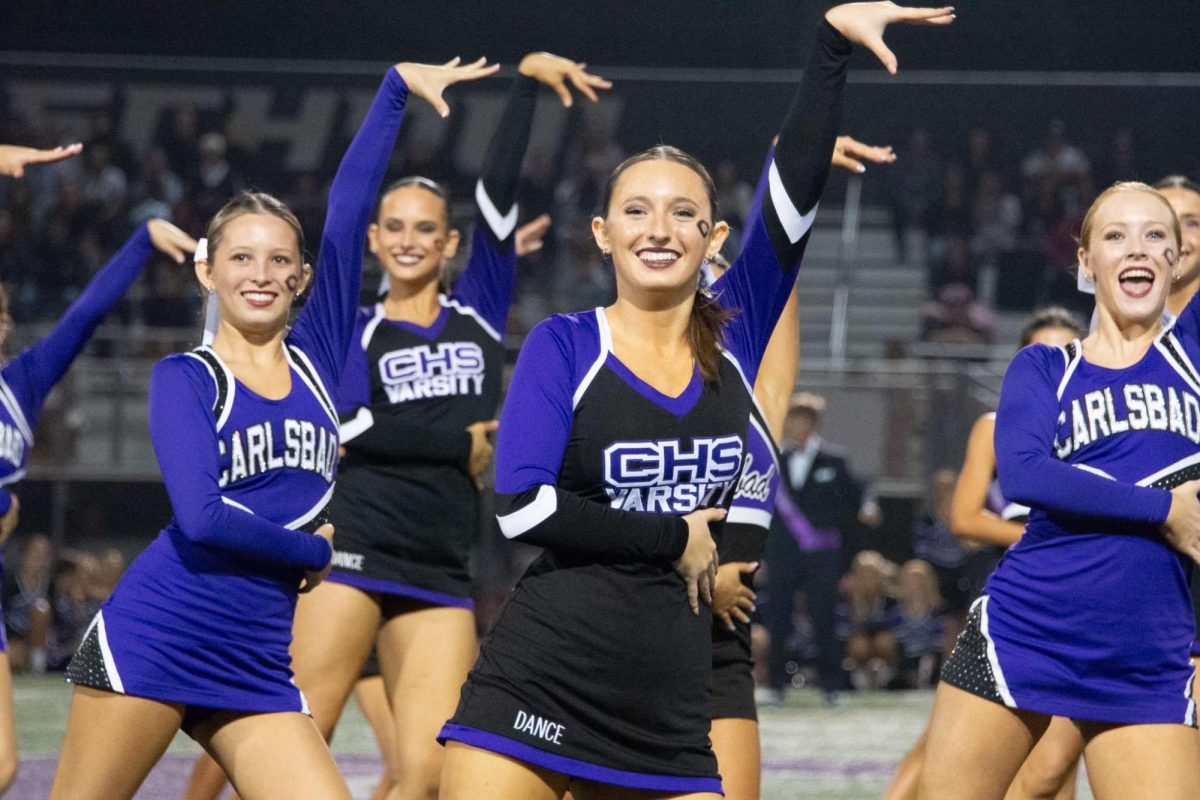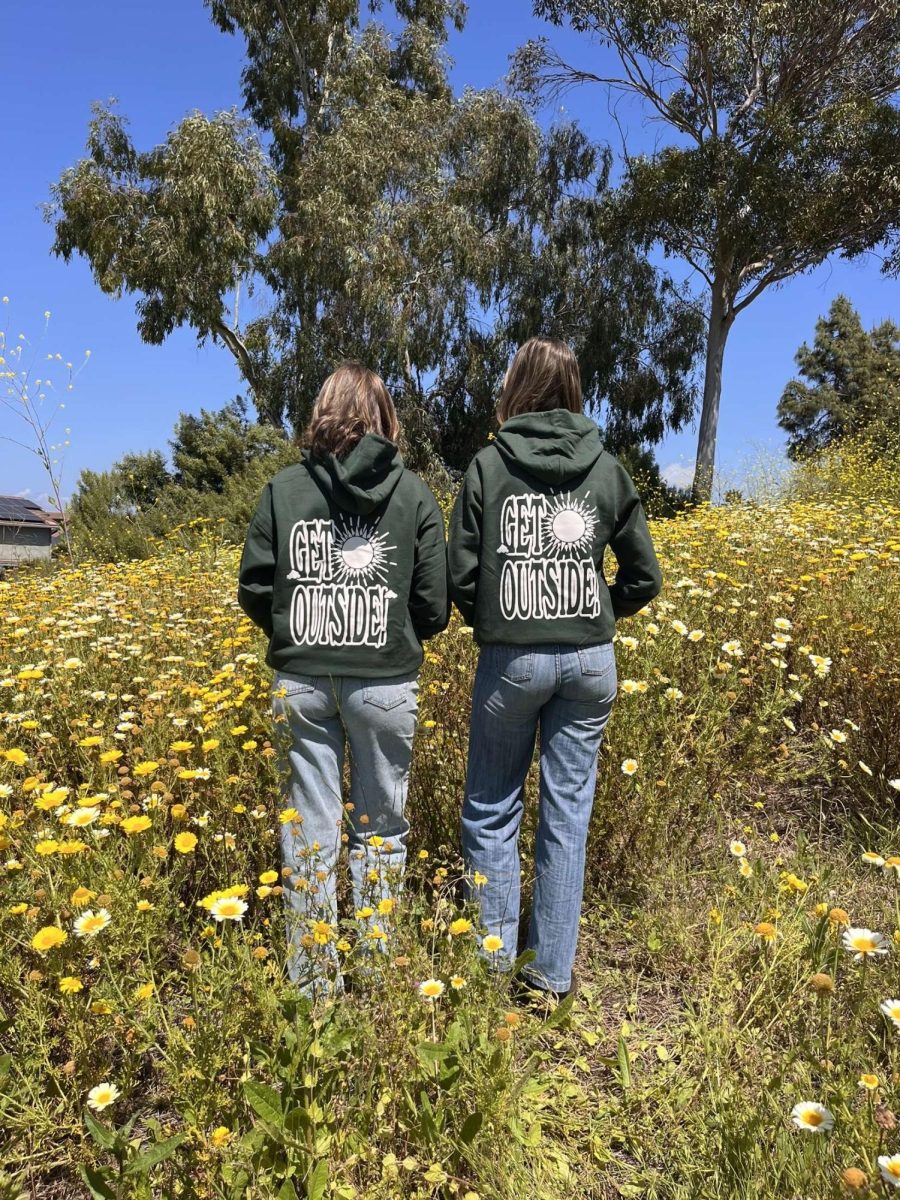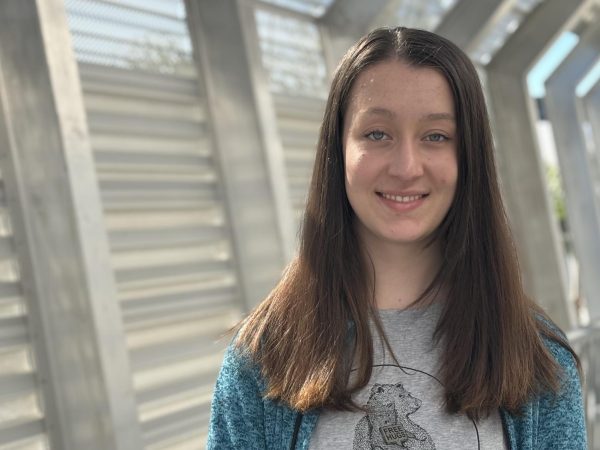Three Spanish teachers, two schools, one subject. CUSD offers students many opportunities to learn the Spanish language.
High school Spanish may seem more difficult to some people, but in reality, it has a similar structure to middle school Spanish. Middle school Spanish teacher Carrie Gommel explains some of those exceptions.
“Students would ultimately get credit for advancement and go onto the different levels at the high school,” Gommel said. “We generally try to teach the same content for Spanish 1 and Spanish 2. However… once you get into three and four it definitely becomes more challenging.”
The earlier someone starts learning Spanish, the better their understanding of the language will be. Students hearing the language spoken by peers also helps with their pronunciation.
“In my opinion, the earliest you start learning a language, the better it is, because you just have more time to develop fluency,” Carlsbad High School Spanish teacher Marisa Tatar said.
Being fluent in Spanish comes differently to all people. Tatar says fluency really happens with immersion, even though it takes everyone different amounts of time to be fully fluent.
“I believe that fluency really happens when you’re surrounded by the language like if you study abroad; you surround yourself with people that speak it often,” Tatar said.
There are fewer tests in middle school Spanish than in high school Spanish. Also, taking Spanish in middle school gives students an advantage going into high school Spanish classes.
“In middle school, I would give a few common assessments,” Tatar said. “I would give the same mid-term and the same final exam as the high school, so I made sure to cover all the same material, but I didn’t do all of the same tests as they do here. I didn’t do a chapter test every chapter, I would alternate between tests and projects. Yes, there are definitely more tests in high school.”
There are many ways to help understand Spanish, but these are Tatar’s tips. They will also help students pass the class, whether it is Spanish or any other language.
“I would say to gain a better knowledge of the language… [you should] surround yourself in [it]. You can listen to music in Spanish, you can read books in Spanish, you can watch TV shows,” Tatar said.
Being fluent in a language is hard, and it takes everyone different amounts of time to be fluent. However, learning Spanish can be very helpful in many ways, like when job searching or traveling to other countries.
“It took me like a decade,” Carlsbad High School Spanish teacher Kari Wiuff said. “I feel like I was conversational by Spanish three, but you have to have real-world experience or you will never be fluent.”
High school and middle school Spanish classes may feel different too. However, they aren’t as different as someone might think.
“The content is all the same, but I think that each teacher adds their own creativity to how they teach it,” Tatar said. “In middle school, I feel like I had a little more flexibility because I was the only Spanish teacher there, but it’s great at the high school also because you have other teachers to stay in line with and collaborate with.”
No matter what Spanish level someone is or what school they are in, they will always have to drill vocabulary and collaborate with others to practice fluency.
“Stay focused, do the work, and practice, practice, practice,” Gommel said. “At home, at school, in your sports, wherever you go, try to identify something you can relate to that you’ve learned [in Spanish class].”



